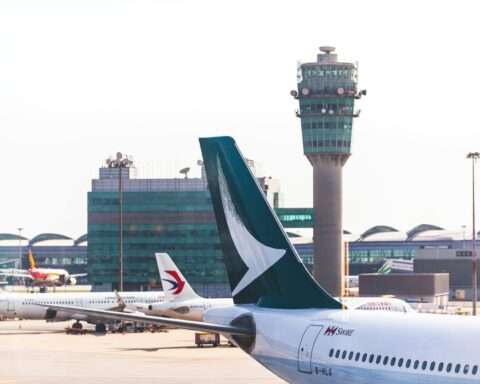The U.S. Department of Treasury has stamped its approval of how the state of Wisconsin will use $140 million in Capital Projects Fund (CPF) dollars to increase access and affordability of high-speed internet.
These funds will help entities in the state construct or improve community buildings for internet access, purchase and install broadband equipment, and loan out Wi-Fi-enabled devices to those without access.
The funding comes through the 2021 American Rescue Plan Act (ARPA), which created the Capital Projects Fund through the U.S. Department of Treasury. The $10 billion program is a response to issues of connectivity that surfaced during the pandemic. The program aims to fill gaps in access by building the infrastructure necessary for people to access high-speed internet for work, education and health monitoring. Funds will target rural, Tribal and low- and moderate-income communities.
Treasury worked with Wisconsin’s Department of Administration (DOA) and Public Service Commission (PSC) to approve the funding for two of the state’s programs.
The Flexible Facilities Program will receive $107 million for local and Tribal governments to purchase broadband equipment or construct facilities such as libraries, community centers and other public anchor institutions that allow residents to have access to work, education and health care.
Wisconsin anticipates opening grant applications for funding in January through April. The maximum amount that will be granted per project is $4.25 million. The state will announce the grantees in June.
The remaining $33 million will help fund the state’s Digital Connectivity and Navigators Program for nonprofit organizations to loan electronic devices, install Wi-Fi equipment in select apartment buildings and provide internet access services to help people use the devices for work, education and health care needs. The state anticipates more than 20,000 households will benefit from the funding.
“Access to infrastructure alone is not enough to bridge the digital divide. Connecting people with crucial tools and skills through these programs will allow us to make sure all can participate in the benefits of a more connected state and economy,” PSC Chairperson Rebecca Cameron Valcq said in a news release.
Earlier this year, Treasury approved $42 million of Wisconsin’s CPF funds from ARPA, totaling nearly $190 million. This funding will provide reliable service with speeds of at least 100 Mbps download and 20 Mbps upload.
“We’ve come a long way to expand access to high-speed internet access in Wisconsin and build the local infrastructure needed to close the digital divide. Thanks to our efforts since 2019, more than 395,000 homes and businesses in Wisconsin will have new or improved service,” Gov. Tony Evers said in a news release.
Other states have recently had their CPF plans approved. In September, Treasury awarded $156.7 million to the state of Oregon for high-speed internet infrastructure in areas that do not have sufficient internet access.
In addition to funding from ARPA, states and territories are also working on plans to use $42.25 billion in Broadband Equity, Access and Deployment program funds to expand that nationwide network of high-speed internet. This funding comes from the Bipartisan Infrastructure Law.
Wisconsin is slated to receive over $1 billion and has completed five of the eight steps to create the initial proposal for implementing BEAD funding. States and territories have until Dec. 27 to complete all eight steps. In its five-year plan, the state set a goal to have universal service for all residents by 2030.
Strategic Partnerships, Inc. can provide information on contract opportunities, plus existing and future government funding. For more information, contact research@spartnerships.com.












